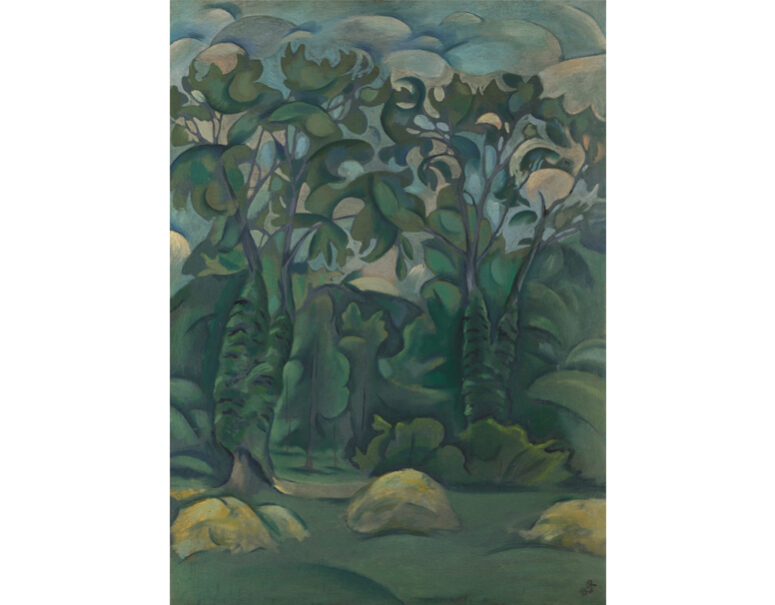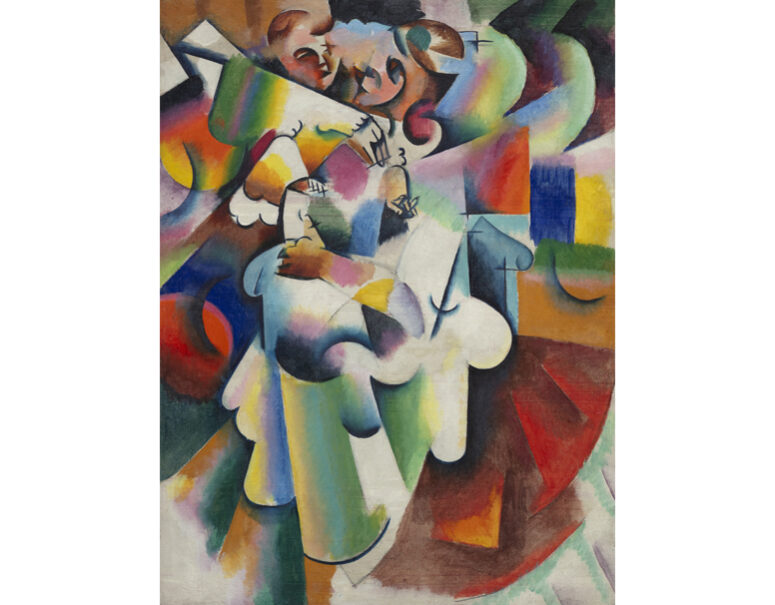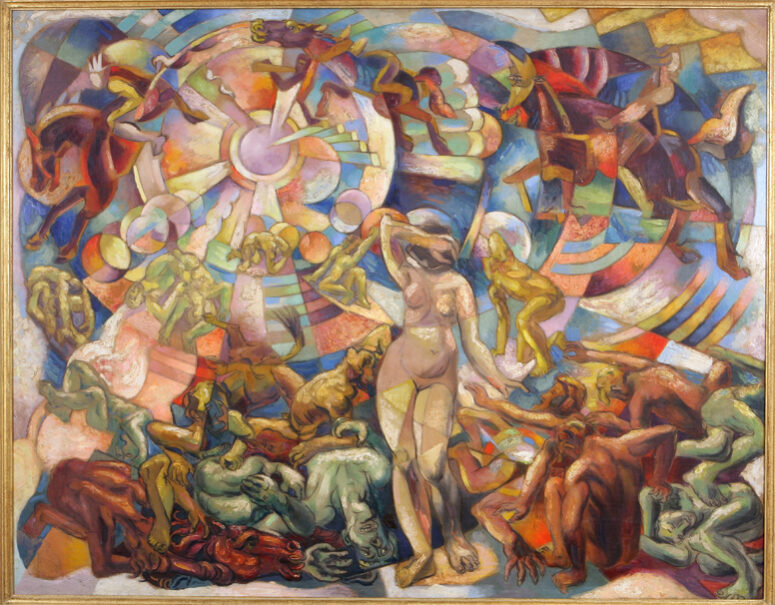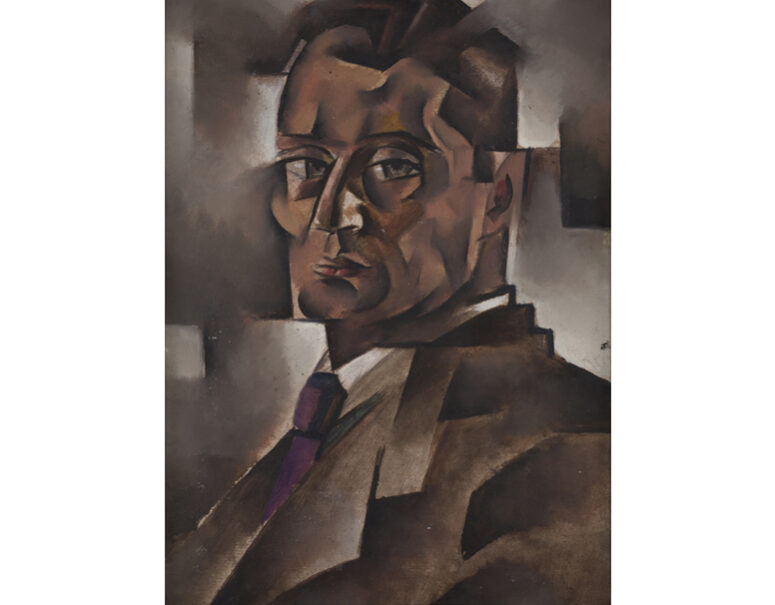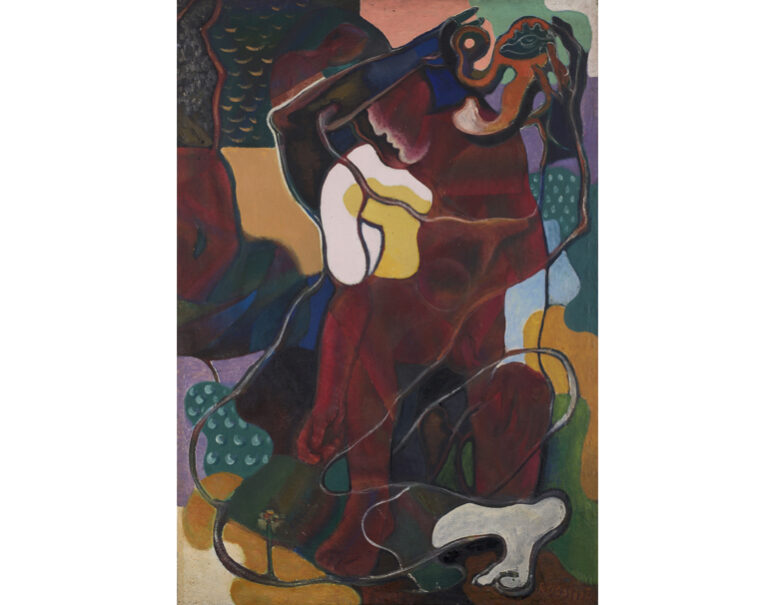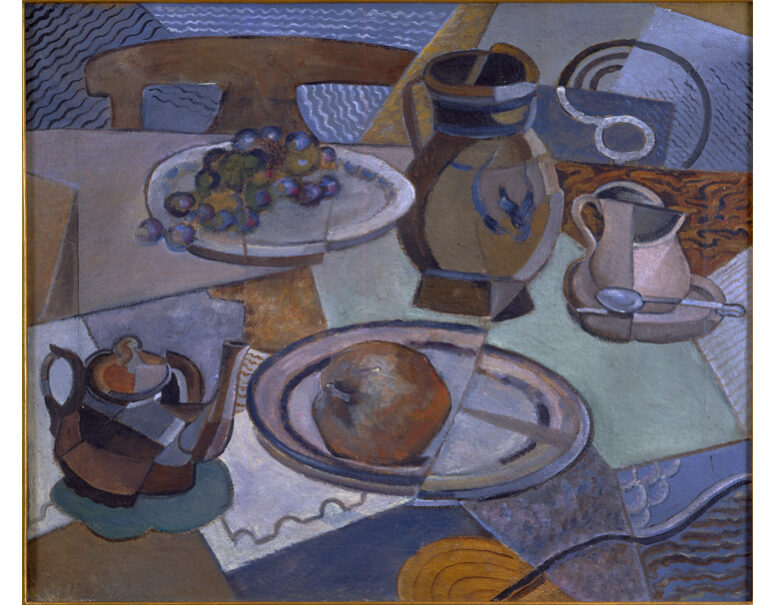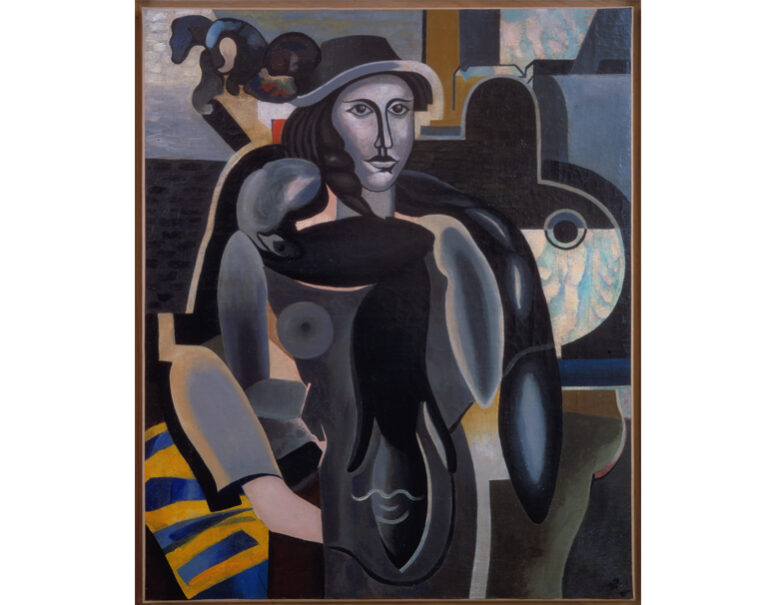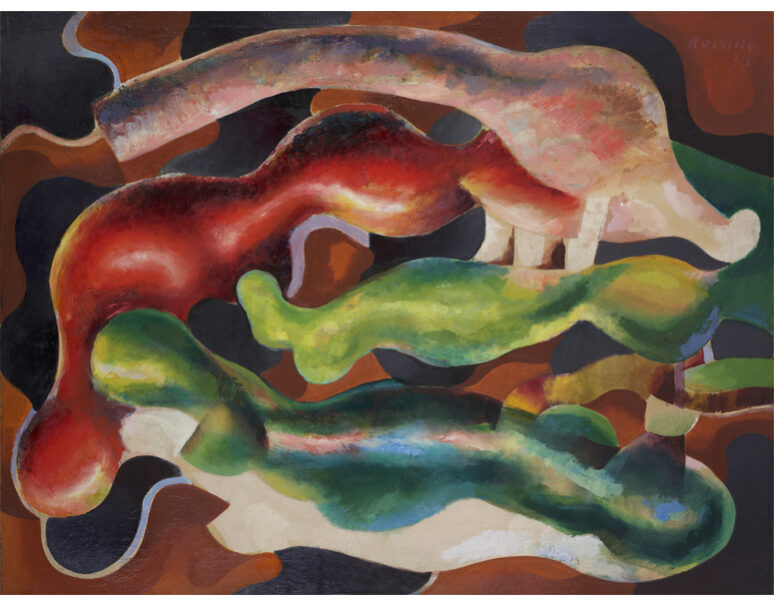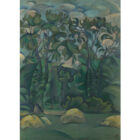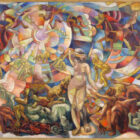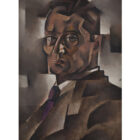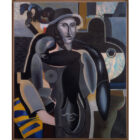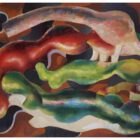For spring 2023, the Galerie Le Minotaure is preparing a retrospective of Vladimir Baranoff-Rossiné, avant-garde musician, painter and sculptor, born in 1888 in Ukraine, in Kherson, into a Jewish family and died in Auschwitz in January 1944. This exhibition – bringing together works from the family as well as important European and American collections – will retrace all the periods of the artist’s life.
The first embraces the years 1904-1910. Baranoff-Rossiné then studied in Odessa and Saint Petersburg. He participated in the first exhibitions of the Russian and Ukrainian avant-gardes alongside Mikhail Larionov, Natalia Gontcharova, the Bourliuk brothers… The works of this period reflect their common fascinations for the first European avant-gardes, impressionism and post-impressionism. .
In 1910, like many of his compatriots, Baranoff arrived in Paris. He immediately began to exhibit at the Salons d’Automne and the Independents the works that reveal his mastery of the Cézanne’s pre-cubist language and his atavistic sense of color.
At La Ruche, where he has lived since 1912, or at the Baroness of Oettingen’s, he rubs shoulders with the avant-gardes of the time, the cubists and the futurists in particular, as evidenced, among others, by the self-portraits of the artist: from 1910 – cubo-futurist – which our gallery sold in 2020 at the Center Pompidou, or that from 1913 – cubist – which is part of the current exhibition.
Being also very close to Sonia and Robert Delaunay, Baranoff was strongly stimulated by their luminous experiments, and especially by Robert’s Orphism which permeated two cycles of works from the period: Adam and Eve and Apocalypse. With them, under the influence of the Delaunays, the artist began his research aimed at linking painting to music.
From this second series we are going to exhibit the monumental masterpiece of the artist Apocalypse Verte, 1912 (130 x 162 cm) which seems to announce the World War and the Russian Revolution which are fast approaching… We find the reminiscences there both Bathers by Cézanne and the styles of Larionov, Gontcharova and Bourliuk.
From 1913, Baranoff began to cross the threshold of abstraction but also to experiment in the field of sculpture (almost at the same time as Braque and Picasso who produced their first objects around 1912-13) with the idea of achieve a total work of art, going beyond the boundaries between painting, sculpture, architecture and music. At the Salon des Indépendants of 1914, he presented a non-objective sculpture, an assembly of raw materials painted in bright colors, noticed by Apollinaire in L’Intransigeant (February 28 and March 5, 1914), which in turn evoked Tatlin’s Counter-Reliefs .
In the same vein, and in connection with the joint research of Wassily Kandinsky and Arnold Schönberg on synesthesia, the associations between sounds and colors, Baranoff also developed a “visualo-colored projection” device which allowed him to give his first “light concerts” in Norway (1916) for which he left Paris with the outbreak of the War. This invention heralds the creation of the Optophonic Piano in 1920-1923 (Centre Pompidou) “projecting into space or onto a screen colors and moving and infinitely varied shapes, absolutely dependent, as in the sound piano, on the operation keys” (Baranoff-Rossiné, The Institute of Opto-phonic Art, 1925).
Beneath the traditional appearance of an upright piano with keyboard, Baranoff’s instrument conceals a mechanical device made up of discs painted by the artist (one of which we are going to show in the context of our exhibition), completed by a set of prisms, lenses , mirrors, a light source and a projection screen. The moving images are projected on the screen to the rhythm of the music emitted by the discs.
Finally, we are going to exhibit several works produced by the artist after his definitive return to Paris in 1925 (in 1917, he returned to Russia to invest himself in the revolutionary movement) marked by the rise in force of surrealism and the biomorphic research of vanguards of the time. Both in his figurative and abstract works we find organic forms close to those used by Salvador Dali, Juan Miro, Yves Tanguy but also Fernand Léger.
The exhibition is organized in collaboration with Jean-Claude Marcadé, a specialist in the Russian avant-garde, and will be accompanied by a catalogue.
